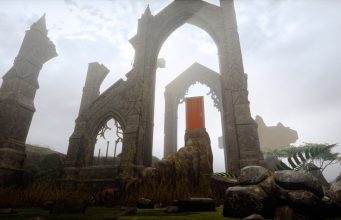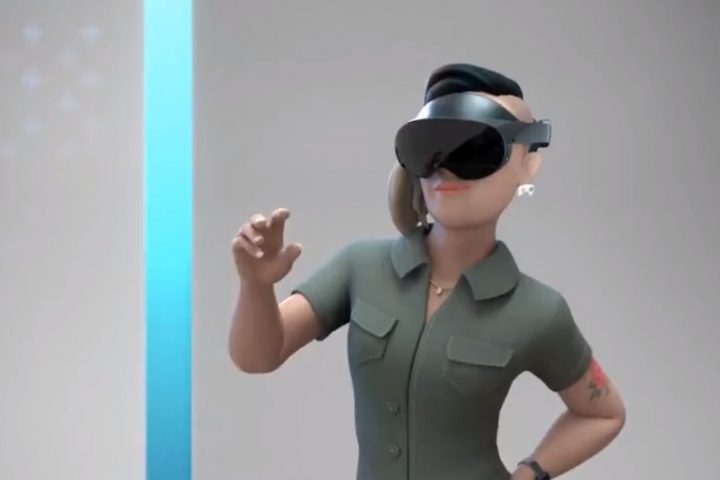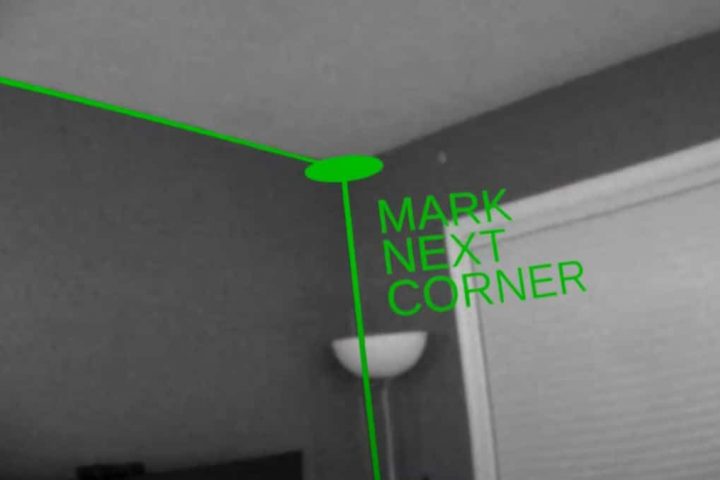
Sansar, a virtual world platform from the creators of Second Life, will open its doors to everyone in the first half of 2017. Developer Linden Lab explains their new approach to virtual worlds, and the many ways they plan to enable creators to make money with compelling virtual experiences.
Having launched Second Life more than 10 years ago—a virtual world that in 2016 alone had a GDP of some $60 million—Linden Lab has deep expertise in world worlds that goes back long before the recent rebirth of consumer virtual reality hardware. And now the company is building a new virtual world platform, Sansar, to serve the next generation. But this is no Second Life 2.
Sansar takes a fundamentally different approach than Second Life. While the Second Life model was about running a persistent virtual world that existed in one massive virtual space, Sansar’s aim is to be more of a platform than a singular virtual world. I recently spoke with Linden Lab CEO Ebbe Altberg at the company’s offices in San Francisco where Altberg told me about Sansar’s new approach.
“Between the Creator and the Consumer, Second Life never really settled on which was our primary customer,” Altberg said.
With Sansar, Linden Lab’s focus is firmly on the Creator. The company wants to make it easy for creators to make discrete virtual worlds and experiences. Linden Lab envisions its success as helping creators easily build and monetize virtual experiences (and taking a cut from successful creators). Virtual experiences built on Sansar will be self-contained spaces that users to jump around to, rather than one big virtual world that could be traversed continuously from end to end. Instead of ‘traveling’ from one place to another, like in Second Life, you’ll just hop in and out of experience at will, like jumping from one webpage to another with links.
Overall, Sansar aims to be more like an app store or a platform (like WordPress, Alterberg said) than one big virtual world. That solves a number of key problems that the company has identified with Second Life’s model, Altberg told me. One of the biggest of which is ‘discovery’. Second Life is (and is marketed like) one big virtual world. There’s an incredible variety of things to do in Second Life, that appeal to different people who want different things. But because it’s all contained inside one giant virtual world, it’s challenging and inefficient to market the entire world to those who might just want one particular thing from it.
Imagine if YouTube tried to get you to use their platform by saying “we have 80 million videos! Come see them!”… that’s neat, but lacks a certain appeal because I’m only going to watch a fraction of those videos, and who knows if I ever want to watch any of them? But, if a friend links me to one funny or interesting video, that’s much more likely to get me onto YouTube.
Sansar is built and structured so that the individual experiences are like (using our metaphor above) individual videos on YouTube. They are entry points which the creators themselves can market to a specific audience.
Linden Lab plans to give Sansar creators a number of options to monetize their content. For one, consumers will be able to buy 3D models to customize their own virtual spaces and avatars. It’ll be possible for creators to charge entry fees to particular experiences. There’s also expected to be options for membership fees to access certain places. And the company is brainstorming more monetization options still, like the ability for consumers to pay money to a virtual object which would hold the money and pay it out to its own at regular intervals. That could open the door to functional objects that execute their function for a fee (in the real world you can imagine objects like that—arcade machines, pool table, washing machines, vending machines).
Linden Lab invited the first creators starting in 2015. As of 2017, the company has granted access to 1,000 creators, and says some 10,000 have signed up requesting access. So far the public is not allowed inside, and the company is keeping a tight wrap on what it actually looks like inside.
At the company’s offices this week, Altberg took me on a guided tour inside of Sansar. We both wore VR headsets (for which Sansar is built from the ground up) in separate rooms, complete with VR controllers. He took me to a number of virtual worlds made by third party creators, and though I couldn’t capture what I saw, I can tell you about it.
The graphics are actually quite good; this was a major criticism of Second Life, especially as it aged. Altberg, though, says that Sansar is architected in a number of different ways that will let its graphical capabilities scale more easily over time, whereas Second Life had design hurdles which prevented it from doing so. That’s important for a virtual world platform which hopes to be used by millions long into the future.
The first place I saw was a movie theater. A massive screen sat in a vast outdoor expanse with the night sky overhead. The seats in front of the screen were mostly covered over in windswept sand; as if there was once a huge theater that had deteriorated long ago, save for the screen, seats, and a huge flight of stairs leading down to them. The screen itself really felt massive (I’ve seen a number of other movie-theater VR experience that for some reason didn’t give a good sensation of scale). The screen was streaming a video from YouTube and the audio was playing throughout the entire space. Altberg said creators will soon be able to set virtual sound sources in Sansar so that the theater could have virtual speakers from which the sound originated.
Next was an Egyptian tomb which Altberg said was a real space that had been captured with photogrammetry. As we explored the tomb’s hieroglyphic-covered corridors together it became apparent that Sansar has 3D positional audio built it, allowing me to easily tell where Altberg was even when I wasn’t looking at him. That’s important not only because it helps your mind map the space and people around you more easily (which adds to immersion), but also because in multi-user scenarios, it’ll be much easier to tell who’s talking (which is also helped by automatic lip syncing).
The next space we visited was a beautiful world that looked like a mashup between the Ocarina of Time (1998) and Jackson’s Lord of the Rings aesthetic. It was a bright and cheery village full of green foliage and earthen homes built into the sides of hills; a series of small foot bridges arched across the roofs of one home to the next. The space was very dimensional, with little paths winding up hills here and there, taking us to comfortable nooks enclosed with trees. The space had a definite stylized videogame look to it, but even though it wasn’t aiming for realistic visuals, it was probably the most charming and beautiful place I saw during my tour. In the center of town we came across a big monument of a cutlass that was sticking tip-down into the ground. Water cascaded down from the handled in ordered lines, and poured into pools at the base of the monument. Although the entirety of this virtual space was uninhabited at this stage, it called out to be the starting point of a great adventure.
You’ll note from the descriptions that all three creations I saw varied widely from one to the next, both visually and functionally. Altberg said that Sansar aims to be “style agnostic,” leaving the creator largely unconstrained in terms of look and feel.
From my glimpse of Sansar, I’m very excited to see what creators will built on the Sansar platform. I know that the videogame space I described will be even better once it’s inhabited with other virtual users, and once it has some function beyond just being a charming virtual space. And that’s just one world among many that will be built atop Sansar.
Interested creators can sign up to get early access to Sansar today, and the rest of us will be able to step into these virtual worlds (and even try making our own) when the platform goes public in the first half of 2017.
The post ‘Sansar’ Will Open to All in First Half of 2017 with a New Approach to Virtual Worlds appeared first on Road to VR.
Source: ‘Sansar’ Will Open to All in First Half of 2017 with a New Approach to Virtual Worlds




